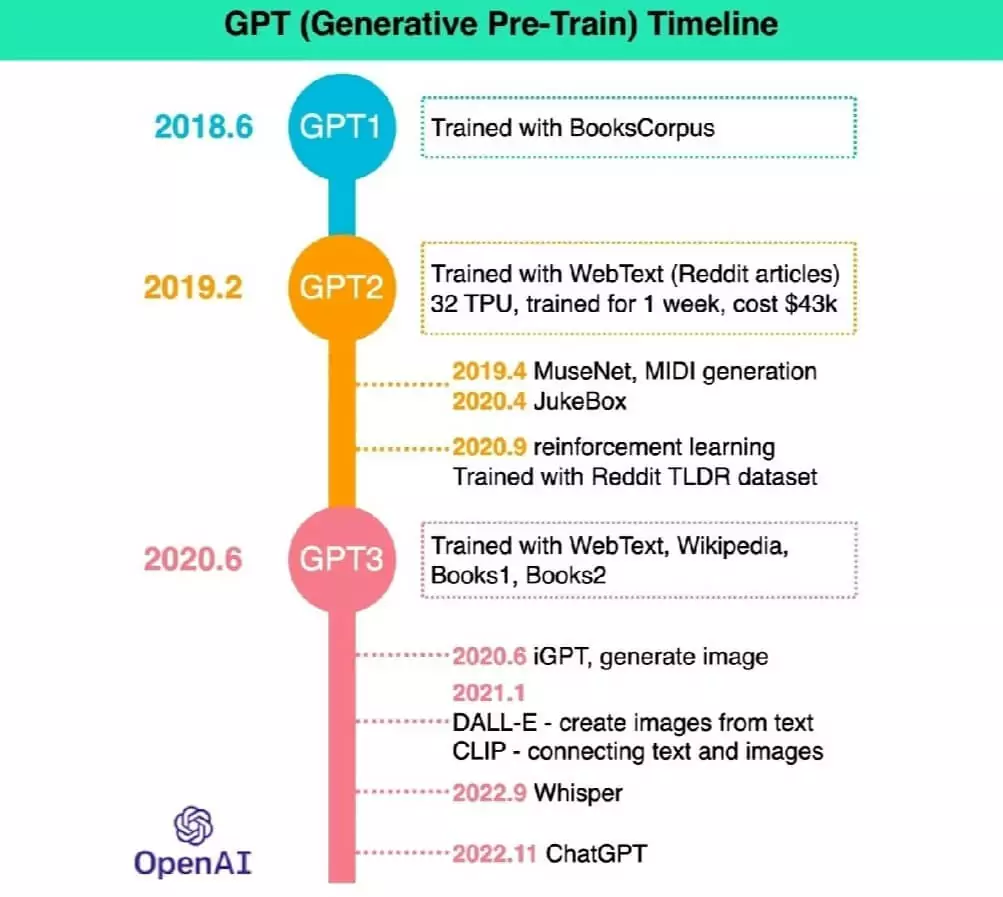ChatGPT and Cybersecurity: Safeguarding Your AI Conversations

ChatGPT, an advanced conversational AI platform, has gained immense popularity due to its ability to generate human-like text and engage in natural language interactions. However, like any technological advancement, ChatGPT also brings potential cybersecurity implications that must be addressed to ensure secure and responsible usage.

Security Risks Associated with ChatGPT

- Phishing and Scams: ChatGPT can be used to create sophisticated phishing emails and scam messages that appear highly authentic. These messages may trick users into revealing sensitive information, such as login credentials or financial data.
- Malicious Content: ChatGPT can generate code and scripts that could potentially exploit vulnerabilities in software or systems. These scripts can be used to launch cyberattacks, steal data, or compromise systems.
- Bias and Discrimination: ChatGPT has been shown to exhibit bias and discrimination in its responses, which could lead to unintended consequences or unfair treatment of individuals. It is important to be aware of these biases and use ChatGPT responsibly.
- Data Privacy Concerns: ChatGPT’s training data includes a vast amount of personal information, raising concerns about data privacy. It is crucial to protect the privacy of individuals whose data has been used to train the AI.
Security Best Practices for Using ChatGPT
- Be Cautious of Links and Attachments: Exercise extreme caution when clicking on links or opening attachments sent by anyone you don’t trust. Scammers may use ChatGPT to craft highly persuasive messages that appear to come from legitimate sources.
- Verify Information Independently: Do not blindly rely on information provided by ChatGPT. Verify critical information from reliable sources before making any decisions or taking any actions.
- Use Strong Passwords: ChatGPT cannot break strong passwords. Use complex passwords and enable multi-factor authentication to protect your accounts from unauthorized access.
- Be Aware of ChatGPT’s Limitations: Understand that ChatGPT is not perfect and may provide inaccurate or biased responses. Be critical of the information it provides and use it as a complementary tool, not a replacement for human judgment.
- Report Suspicious Activity: If you encounter any suspicious activity involving ChatGPT, report it to the relevant authorities. This helps flag malicious actors and prevent further incidents.
By adhering to these best practices and being mindful of the potential risks, individuals and organizations can use ChatGPT securely and responsibly, reaping its benefits without compromising their cybersecurity.## Chatgpt And Cybersecurity: Safeguarding Your Ai Conversations
Executive Summary
Chatbots, powered by large language models like ChatGPT, are becoming increasingly prevalent in our daily lives. While they offer numerous benefits, they also introduce potential cybersecurity risks that need to be addressed to ensure the privacy and security of our sensitive information.
Introduction
Chatbots are computer programs that simulate human conversation through text or voice. They are often used for customer service, technical support, or information retrieval. ChatGPT, developed by OpenAI, is a particularly advanced chatbot that can generate human-like text, translate languages, write different kinds of creative content, and answer complex questions.
FAQs
-
Can ChatGPT be hacked?
Yes, while ChatGPT is designed with security measures, it could be vulnerable to hacking attempts, especially if users are not cautious when interacting with it.
-
How can I protect myself from ChatGPT-related cyber threats?
Be mindful of the information you share in ChatGPT conversations, use strong passwords, and enable two-factor authentication if available.
-
What should I do if I suspect my ChatGPT account has been compromised?
Report the incident to ChatGPT’s support team immediately, change your password, and be vigilant for any suspicious activity.
Top 5 Subtopics
1. Data Privacy and Security
Chatbots process vast amounts of data, including personal information. It’s crucial to ensure that this data is collected, stored, and used responsibly to maintain privacy.
- Implement strong data encryption measures.
- Establish clear data retention and disposal policies.
- Provide users with transparent privacy policies and obtain their informed consent.
2. Authentication and Authorization
Robust authentication and authorization mechanisms are essential to prevent unauthorized access to ChatGPT accounts and the data they contain.
- Enforce multi-factor authentication (MFA) for user accounts.
- Implement role-based access controls to limit user privileges.
- Regularly review and update access permissions.
3. Phishing and Social Engineering
Cybercriminals may use phishing or social engineering techniques to trick users into revealing sensitive information through ChatGPT conversations.
- Educate users about phishing and social engineering tactics.
- Implement anti-phishing filters and firewalls.
- Monitor ChatGPT conversations for suspicious activity.
4. Malware and Botnets
Malicious actors could exploit ChatGPT to spread malware or create botnets for cyberattacks.
- Regularly scan ChatGPT systems for malware.
- Implement intrusion detection and prevention systems.
- Restrict ChatGPT’s access to external resources.
5. Regulatory Compliance
Organizations using ChatGPT must comply with relevant data protection regulations and industry standards.
- Conduct regular risk assessments to identify potential vulnerabilities.
- Implement policies and procedures to address regulatory requirements.
- Obtain professional guidance to ensure compliance.
Conclusion
ChatGPT and other advanced chatbots offer significant potential benefits, but their widespread adoption also brings cybersecurity risks. By implementing robust security measures, educating users, and complying with regulations, organizations and individuals can harness the power of these tools while safeguarding their sensitive information.
Keyword Tags
- Chatbot security
- ChatGPT cybersecurity
- Data privacy
- Authentication
- Phishing
